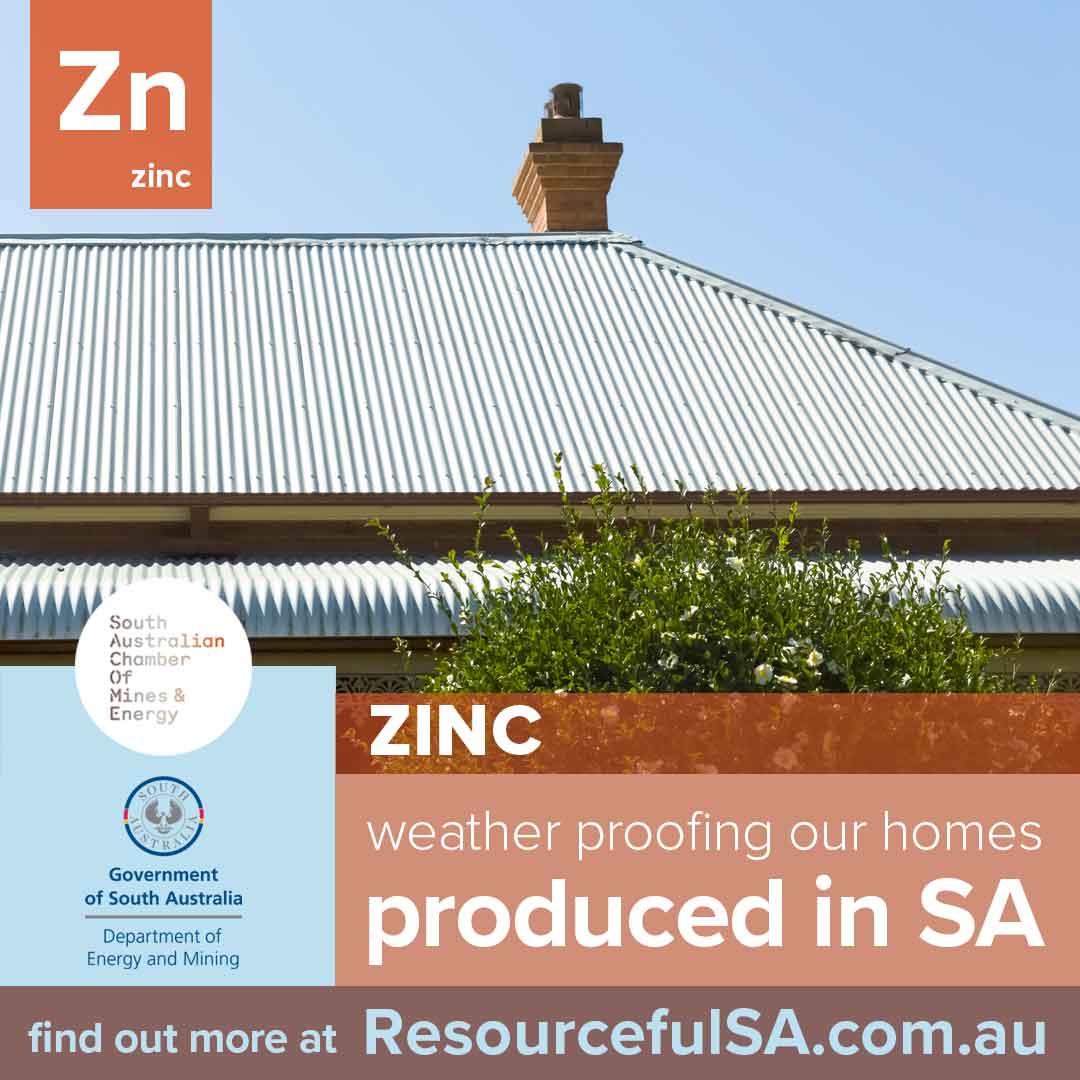|
What is Zinc?
A bluish-white, lustrous metal that is relatively brittle at room temperature. Zinc is commonly found in nature as a component of minerals such as sphalerite (zinc sulphide) and smithsonite (zinc carbonate). Traces of zinc can be found just about everywhere in the earth’s crust and is typically extracted from its ores through a process called roasting, which involves burning raw zinc with air. Zinc is a key component in the production of alloys. Brass, for example, is an alloy made by combining copper and zinc. Brass is used in plumbing fittings, musical instruments, decorative items, and more. Zinc is also used in the production of bronze, which is a mixture of copper and tin, commonly used for statues, coins, and bearings.
Did you know?
Zinc is referred to as 'the great protector', not only for its role in sun protection but also because it protects iron and steel from corrosion. Approximately 50% of zinc production is used for galvanising steel to protect it from rust, extending the durability of things like buildings, bridges, railways, lighting pylons, cars, fridges, washing machines and food mixers. Where is Zinc mined in South Australia? Zinc is not currently ‘mined’ in South Australia. However, South Australia has a history of zinc mining and there are zinc deposits and exploration activities in the region. Nystar fume Zinc at its Port Pirie Smelter. The smelter - one of the world’s largest multi-metal smelters - has been in operation for over 130 years and employs over 800 people and 300 contractors. Almost all of Australia's zinc mines are underground operations and are highly mechanised. Australia today has more than 20% of the world’s known zinc-lead resources and is the largest producer and exporter of these metals to the rest of the world. |




